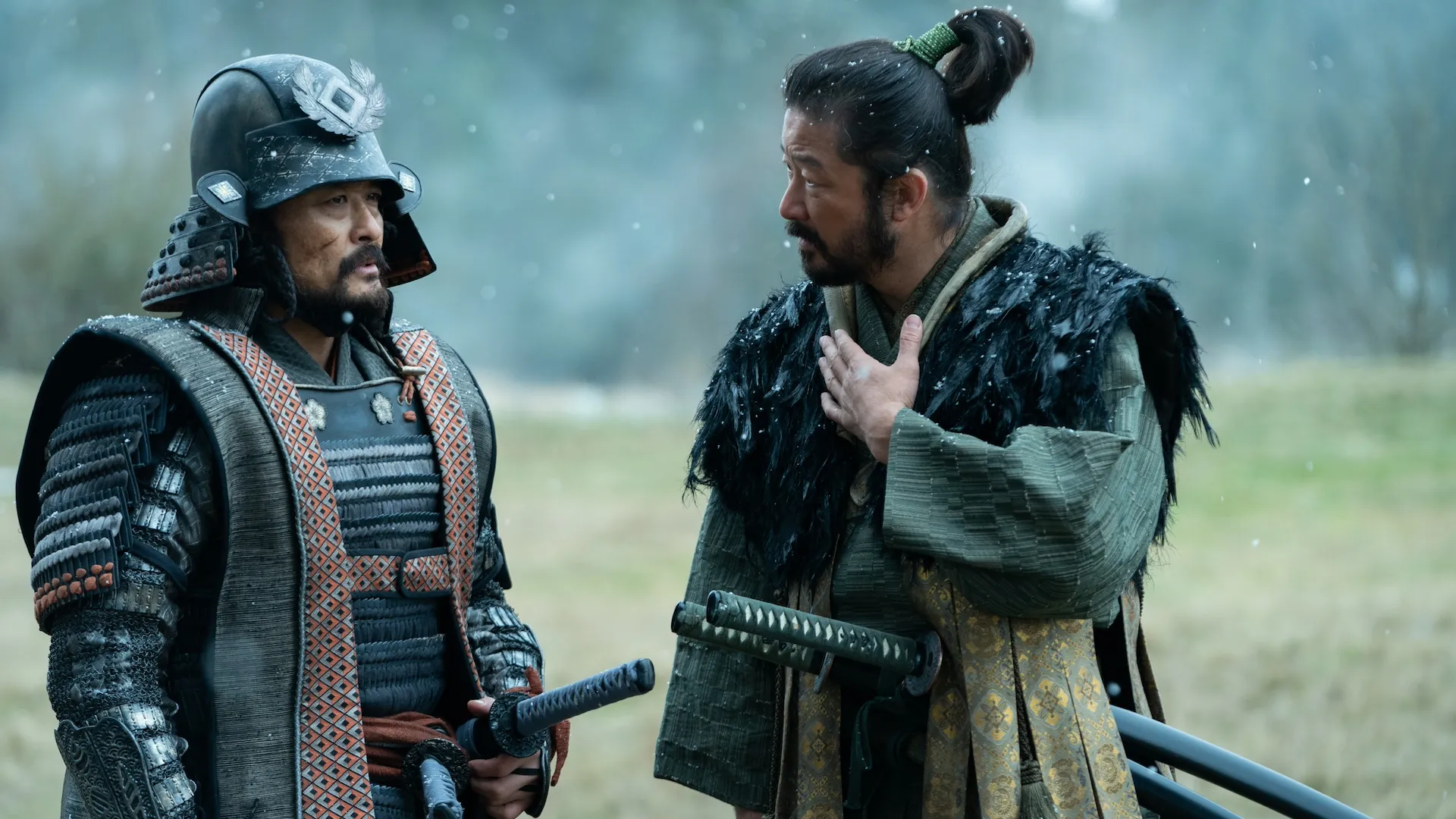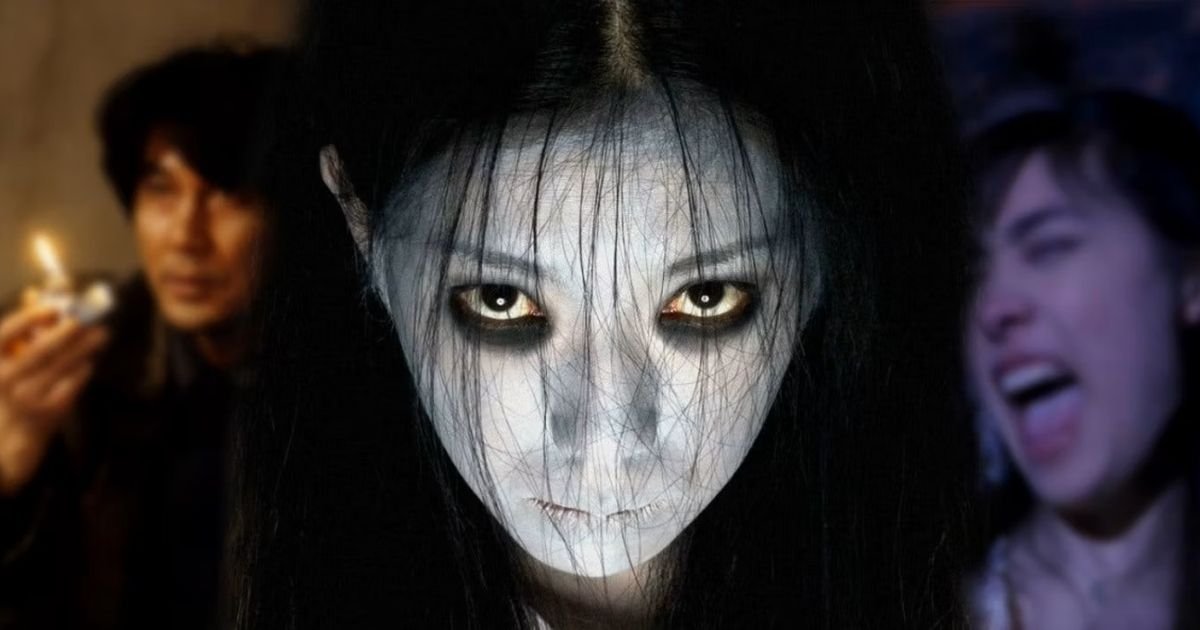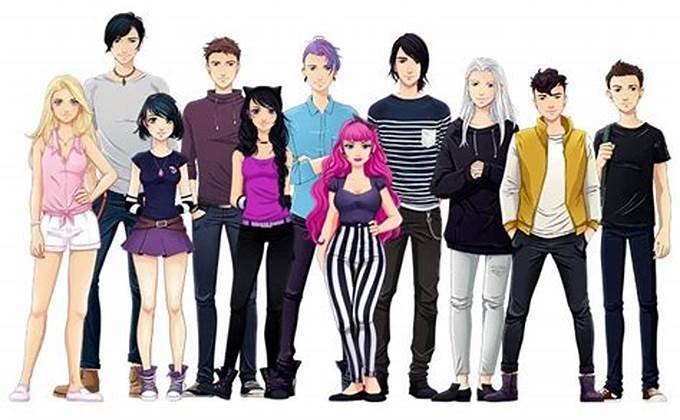Samurai films, or “chanbara” (sword-fighting films), have long been a cornerstone of Japanese cinema. With their focus on loyalty, honor, and the warrior code of bushido, these films have not only shaped Japan’s film industry but have also garnered worldwide recognition. This article explores how samurai films evolved, their influence on Japanese filmmaking, and their lasting impact on global cinema.
1. The Origins of Samurai Films
The roots of samurai films trace back to the silent film era of Japan in the early 20th century. Films like “The Life Story of Tasuke Shiobara” (1912), one of the earliest known samurai films, helped set the foundation for what would become a popular genre in Japanese cinema. These films were based on kabuki theater and traditional storytelling, blending history with action.
Early Influences:
- Traditional Japanese kabuki and noh theater inspired the dramatic tone and stylized action of early samurai films.
- The genre helped define a cinematic tradition focused on themes of duty, honor, and the moral complexities faced by warriors.
2. The Golden Age of Samurai Films

The 1950s and 1960s marked the Golden Age of Samurai Cinema, with directors such as Akira Kurosawa, Kenji Mizoguchi, and Masaki Kobayashi producing some of the most iconic films of the genre. Kurosawa’s “Seven Samurai” (1954) is often credited with revolutionizing not only samurai films but also action cinema globally.
Key Films of the Era:
- “Seven Samurai” (1954): Kurosawa’s masterpiece introduced innovative action choreography, character depth, and dramatic storytelling.
- “Harakiri” (1962): Directed by Masaki Kobayashi, this film critiqued the rigid honor code of the samurai class and is seen as a subversive take on the genre.
- “Ugetsu” (1953): Mizoguchi’s samurai tale blended the supernatural with the struggles of the warrior class, offering a poetic and haunting portrayal of feudal Japan.
3. The Samurai Hero and Japanese National Identity
The samurai film played a crucial role in shaping Japan’s national identity post-World War II. With Japan’s loss in the war and the subsequent occupation, samurai films became a medium through which filmmakers reflected on Japan’s cultural heritage, using samurai values to engage with the country’s evolving identity in the modern world.
Cultural Reflection:
- The bushido code, emphasizing honor, duty, and loyalty, mirrored Japan’s attempt to rebuild its national pride after the war.
- Samurai films provided a bridge between the country’s feudal past and its modern aspirations, showcasing how traditional values could adapt to new societal structures.
4. Influence on Modern Japanese Cinema
Samurai films laid the groundwork for many modern genres in Japanese cinema, such as yakuza films and historical epics. The character archetypes, moral dilemmas, and action choreography developed in classic samurai films carried over to contemporary genres, influencing everything from gangster films to anime.
Genre Legacy:
- The yakuza film genre owes much to samurai films, with similar themes of loyalty, honor, and complex moral codes.
- Anime series like “Rurouni Kenshin” and films like “Sword of the Stranger” (2007) directly draw on samurai film traditions, keeping the genre’s legacy alive for new audiences.
5. Global Impact and Cross-Cultural Influence
While samurai films helped define Japanese cinema, their impact extends far beyond Japan. Western filmmakers, particularly in Hollywood, have drawn heavily from the samurai genre, with films like “The Magnificent Seven” (1960) and “A Fistful of Dollars” (1964) serving as remakes of Kurosawa’s “Seven Samurai” and “Yojimbo”. The fusion of Western and Eastern storytelling in samurai films created a new global cinematic language.
Key Influences:
- Spaghetti Westerns: Directors like Sergio Leone adapted samurai films into Western settings, blending the stoic, lone warrior archetype with the frontier outlaw.
- George Lucas’s “Star Wars”: The Jedi, with their philosophy and disciplined combat techniques, are influenced by the samurai, and “The Hidden Fortress” (1958) inspired the structure of “Star Wars” (1977).
6. The Samurai Genre’s Revival in Contemporary Japanese Cinema
Though the popularity of samurai films waned in the late 20th century, the genre has seen a revival in modern times. Films like “13 Assassins” (2010) and “The Twilight Samurai” (2002) have reinvigorated the genre by offering a more nuanced and emotional portrayal of the samurai.
Modern Samurai Films:
- “The Twilight Samurai” (2002): This film focuses on a lower-ranking samurai and presents a personal, intimate look at his life, moving away from the grand, action-heavy epics of the past.
- “13 Assassins” (2010): Directed by Takashi Miike, this film brought back the large-scale battle sequences and moral dilemmas of traditional samurai films, showing that the genre can still captivate contemporary audiences.
Conclusion
Samurai films have profoundly shaped the Japanese film industry, influencing not only the development of Japanese cinema but also global filmmaking. From their roots in silent films to their revival in modern times, samurai films continue to be a vital part of Japan’s cinematic identity. Through timeless themes of honor, duty, and the human condition, these films remain culturally significant, ensuring the legacy of the samurai lives on in both Japan and the world of cinema.










